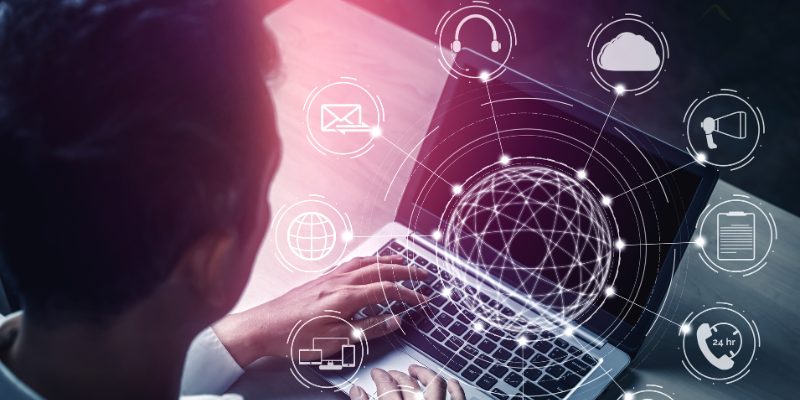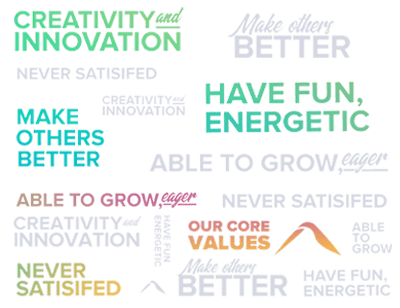Introduction
The third-party Accounts Receivable Management (ARM) is in the spotlight in 2025. Debt recovery is going through a transformation with customer-centric and tech-enabled strategies. Repeated phone calls and paper notifications are things of the past. ARM operators are now reaching the customers through their preferred mode. SMS, email, chatbots, or portals, meeting customers where they are and on their chosen device, is the new model that guarantees success.
Omnichannel isn’t only a catchword- it has become a synonym for swifter and more customer-centric ARM operations.
A 24% higher recovery rate is reported by companies employing omnichannel strategies than those relying on single-channel methods.
1. Customers expect you to know their preferred channel.
Just a phone call or a mailed invoice is not enough today. The choices of options available, like asking an AI invoice assistant for showing the route, paying for food through a mobile app, tapping a link, and paying the phone bill, have made customers crave more convenience and flexibility. The contemporary ARM has ceased to be just a backend job; it has become a significant juncture in the customer journey. And the essential feature of this journey is convenience, clarity, and flexibility.
2. AI + Omnichannel =Intelligent, Strategic Collections
When you combine AI and omni-channel, you achieve a trailblazing platform that leverages predictive analytics and real-time risk scoring to choose when, how, and which customers have to be contacted. A setup is created where gentle email notifications are sent to low-risk accounts, and planned human intervention is done when required. According to a Fast Company article, “Oh great, now debt collectors are embracing AI too,” 11% of debt collection companies use AI in their tasks.
3. Real-Time Payments requires Real-Time Responsiveness
There is a shift in the financial landscape, and it’s moving faster than ever. Real-time payments shorten the delays, and thus, the third-party ARM providers get instantaneous information on transactions and cash flow. When you operate in an omnichannel medium with SMS, email, and portals, the collection process becomes faster and more flexible, making it feasible to act on every customer’s move.
The application of an omnichannel digital strategy witnesses a 40% increase in payment arrangements, and the cost to collect is cut by 50% through a virtual agent approach.
4. Automation Across Channels = Speed + Scale
The mainstay of omnichannel competence is Automation. The workflow is streamlined by the ARM teams across key areas, including robotic process automation and AI-enabled invoice processing. This intelligent system considerably reduces the reconciliation time and service inquiries. Also, it frees the human agents to handle intricate issues that require their attention.
5. Secure, Modular Cloud Platforms Power Everywhere Access
Cloud-based platforms make it convenient to grow and remain connected. The cloud enables finance teams to be available to customers anytime, anywhere, on mobile, remotely, or globally. Also, As per Gartner’s article- Gartner predicts 90% of Finance Functions will Deploy at Least One AI-enabled Technology Solution by 2026
6. Building Trust with Transparency and Personalization
Omnichannel is not just limited to technicalities; it helps in developing personalised relations. Tailored notifications and various payment options enhance dispute resolution time and decrease conflicts. Trust is built by the ARM operations by providing customers a flexible experience, which promotes lasting client relationships and on-time collections.
A comprehensive audit track is created as Omnichannel platforms record all customer interactions across channels and, as result compliance risks are reduced by up to 60%.
7. Better Insights, Better Decisions
A 360° view of customer payment and behaviour patterns is provided by the data received from the omni-channel. The integrated analytics and AI-powered prediction spotlights risk patterns and performance of the channel. Thus, it gives the team a clear picture to improve their methods, reduce risks, enhance recovery rates, and positively forecast impending cash flow.
Conclusion
Third-party ARM has expanded beyond its initial scope of sending invoices and gentle payment reminders. It has now become a tech-enabled system propelled by AI and endorsed by the cloud. The focus has now shifted to delivering a better customer experience. Omnichannel supports expedient and swift payment collection while nurturing a robust relationship with the customer. However, the objective is to make collections conversational and not confrontational. They should be personalized and humane.
Frequently Asked Questions About Automation and Omnichannel Collections
1. What is the role of automation in collections?
Automation frees up agents from monotonous tasks like:
- Sending payment reminders
- Fixing a payment plan
- Classifying communication exchanges for compliance
This reduces operational costs and accelerates the overall cycle process.
2. Can AI and automation affect customer experience?
Yes, AI and automation empower communication by making it proactive and tailored.
Assistance is personalized to suit the customer’s financial situation, which builds trust and reduces disputes or complaints.
3. What does “omnichannel” indicate in ARM?
The term omnichannel signifies deploying multiple communication and payment channels. This includes email, SMS, phone, chatbots, and online portals.
4. What are a few significant advantages of going omnichannel?
Some of the major benefits of going omnichannel are:
- Swifter payments
- Elevated recovery rates
- Exceptional customer experience
- Smarter, data-driven decisions
- Optimized operations
Sources :
Engage Better, Collect Smarter: Omnichannel Strategies for Debt Recovery
Oh great, now debt collectors are embracing AI tool
How Omnichannel Communications Improve Debt Collection
Gartner predicts 90% of Finance Functions will Deploy at Least One AI-enabled Technology Solution by 2026
Why Omnichannel Collections Matter: Strategy and Benefits




